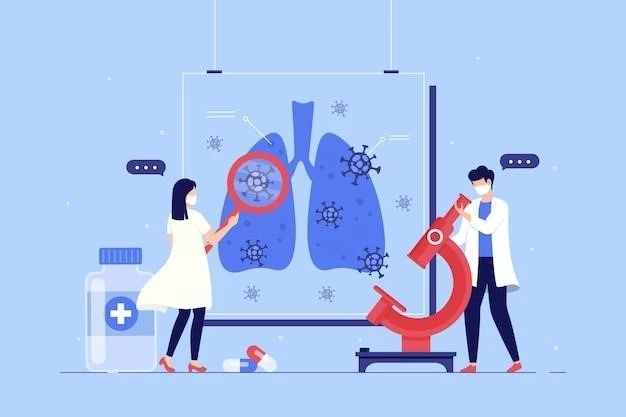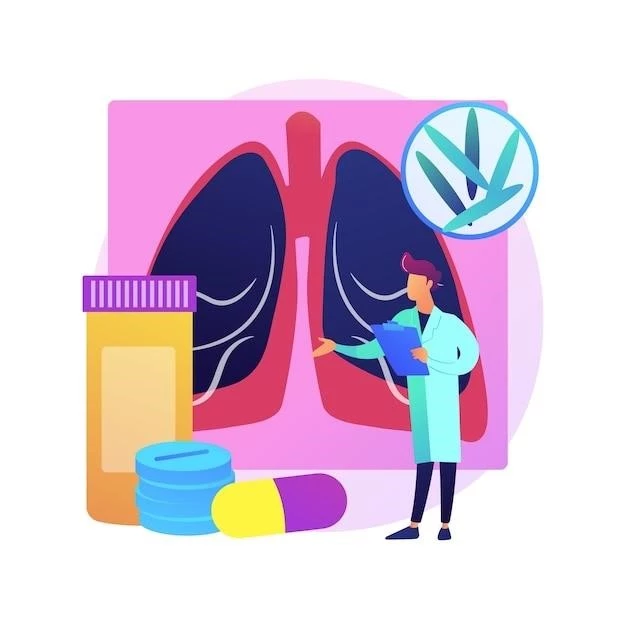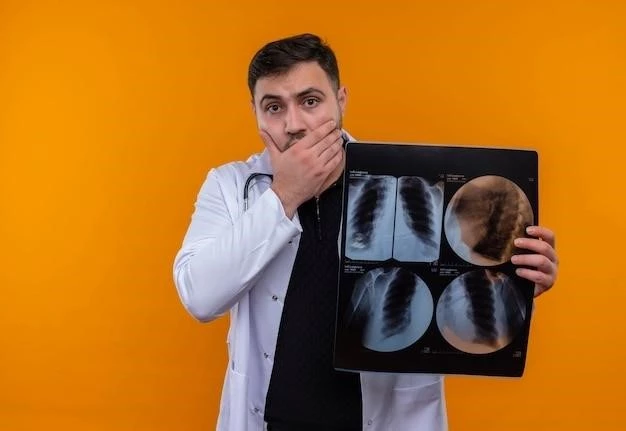Introduction
The understanding of pulmonary tuberculosis has come a long way since the identification of Mycobacterium tuberculosis as the cause of the disease. Learn more about this ancient human disease and how it mainly affects the lungs; Remember‚ early detection and treatment are key!
Overview of Pulmonary Tuberculosis
Pulmonary tuberculosis is a serious infection primarily affecting the lungs caused by the bacterium Mycobacterium tuberculosis. It is a multi-systemic disease with a varied presentation ranging from asymptomatic primary infection to active pulmonary tuberculosis. Understanding the transmission‚ symptoms‚ and diagnostic methods is crucial for early detection and effective management. Stay informed and aware to protect yourself and others from this contagious respiratory illness.

Causes and Transmission
Understanding how pulmonary tuberculosis is caused by the bacterium Mycobacterium Tuberculosis and spread through the air can help you protect yourself and others from this contagious respiratory disease. Learn how to prevent transmission and stay informed about this serious infection!
Understanding the Bacterium Mycobacterium Tuberculosis
The identification of Mycobacterium tuberculosis as the causative agent of tuberculosis transformed our knowledge of infectious diseases. This bacterium is responsible for pulmonary tuberculosis‚ a serious lung infection impacting millions worldwide. Understanding the characteristics and behavior of Mycobacterium tuberculosis is crucial in tackling the spread and effects of this resilient pathogen. Stay informed about the latest research and developments in tuberculosis management to protect yourself and your community.
Transmission of Pulmonary Tuberculosis Through Airborne Droplets
Pulmonary tuberculosis is primarily transmitted through the air via tiny infectious droplets containing Mycobacterium tuberculosis. Understanding how these droplets can spread the disease to others is essential in preventing the transmission of this contagious respiratory illness. Learn more about the precautions you can take to protect yourself and those around you from contracting pulmonary tuberculosis.
Symptoms and Diagnosis
Recognizing the signs of pulmonary tuberculosis such as persistent cough‚ chest pain‚ and breathlessness is crucial for timely diagnosis and treatment. Consult a healthcare provider if you experience any symptoms to undergo proper diagnostic testing and receive appropriate care.
Common Symptoms of Pulmonary Tuberculosis
Recognizing the common symptoms of pulmonary tuberculosis such as persistent cough‚ chest pain‚ and unexplained weight loss is crucial for early diagnosis and timely treatment. If you or someone you know experiences these symptoms‚ seeking medical attention for proper evaluation and testing is essential.
Diagnostic Methods for Detecting Pulmonary Tuberculosis
Timely diagnosis of pulmonary tuberculosis is essential for effective treatment. Diagnostic methods include chest X-rays‚ sputum tests‚ and tuberculin skin tests to detect the presence of Mycobacterium tuberculosis. Consult healthcare professionals if you experience symptoms or have been exposed to TB to undergo appropriate testing and receive necessary care.

Treatment and Management
Effective treatment regimens for pulmonary tuberculosis involve a combination of antibiotics over several months. Managing complications and completing the full course of treatment are crucial for successful recovery. Consult healthcare providers for proper guidance and supervision throughout your treatment journey.
Overview of Treatment Regimens for Pulmonary Tuberculosis
Effective treatment for pulmonary tuberculosis typically involves a combination of antibiotics taken over several months. These treatment regimens are essential to fully eradicate the bacteria and prevent recurrence of the disease. Adhering to the prescribed treatment plan under the supervision of healthcare professionals is crucial for successful management of pulmonary tuberculosis.
Importance of Completing TB Treatment and Managing Complications
Completing the full course of treatment for pulmonary tuberculosis is crucial to prevent the development of drug-resistant strains and ensure a successful recovery. Proper management of complications‚ such as adverse drug reactions‚ can also improve treatment outcomes. Adhere to your treatment plan and consult healthcare providers if you encounter any challenges or side effects during your TB treatment journey.
Prevention and Control
Learn about the preventive measures to reduce the spread of pulmonary tuberculosis and the public health strategies for controlling outbreaks. Stay informed‚ follow health guidelines‚ and contribute to the efforts to combat this infectious respiratory disease.
Preventive Measures to Reduce the Spread of Pulmonary Tuberculosis
To reduce the transmission of pulmonary tuberculosis‚ practice good respiratory hygiene by covering your mouth and nose when coughing or sneezing. Ventilate indoor spaces‚ maintain good ventilation‚ and avoid close contact with individuals showing symptoms of TB. Additionally‚ ensure timely diagnosis and treatment of active cases to prevent further spread of the disease.
Public Health Strategies for Controlling Pulmonary Tuberculosis Outbreaks
Implementing public health strategies such as active case finding‚ contact tracing‚ and ensuring access to appropriate treatment can help control pulmonary tuberculosis outbreaks. By monitoring and managing cases effectively‚ public health authorities can prevent the further spread of the disease within communities. Stay informed and collaborate with healthcare professionals to support these vital efforts in controlling pulmonary tuberculosis.
